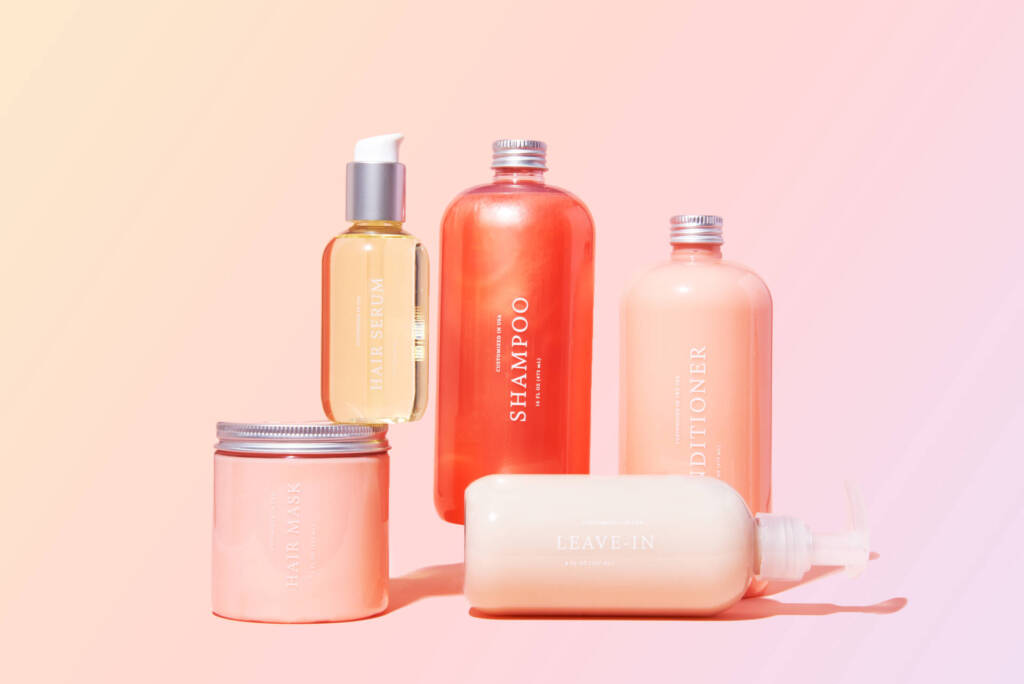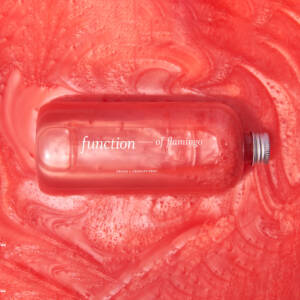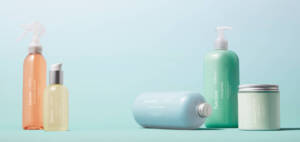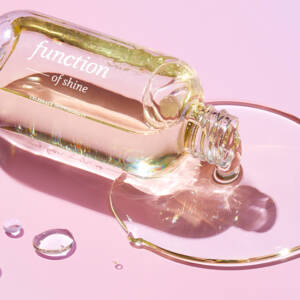Disclaimer: The information provided is not intended as medical advice. For any medical concerns, always contact your doctor.
You’ve probably heard of thinning hair, but did you know it’s different from thin hair? The former consists of increased hair fall, while the latter refers to low-density locks.
If you’ve ever wanted to learn what thin hair is and how to identify it, this one’s for you. Join us as we share tips on how to care and style for this hair type, including how to address a lack of volume, brittleness, and scalp buildup.
All About Hair Density and Hair Thickness
Thin hair doesn’t necessarily mean fine hair. Instead, you have to look at it through two hair metrics: hair density and hair thickness.
Hair density is measured in terms of the number of hair follicles per unit area on your scalp. In other words, the fewer follicles you have, the sparser your ‘do looks, giving rise to the appearance of thinner hair.
Meanwhile, hair thickness refers to the diameter of each hair strand. Coarse strands have the widest circumference, while fine hair shafts have the smallest. In that sense, you can have coarse and thin hair (thick hair fibers that loosely populate the scalp) or fine and thin hair (dainty fibers that spread out across the scalp). Regardless of how thick each strand is, the common denominator is low-density hair.
Do You Have Thin Hair?
So, how do you tell if you have thin hair? Well, we obviously don’t recommend counting every strand on your head simply because nobody has time for that!
A simpler — and more time-efficient — way would be to tie your hair up into a ponytail and measure its circumference. Anything less than two inches places you in the category of thin hair. Or you can let your hair down and look in the mirror. If you can easily see your scalp, especially along your natural part line, chances are you’re Team Thin Hair.
If you still aren’t sure if you have thin hair or not, you can always ask your friendly hairdresser for their professional opinion on your next appointment.
Thin Hair vs. Thinning Hair
PSA: Thin hair does not equate to thinning hair.
Thin hair is something you’re born with. On the other hand, thinning hair is something many of us have experienced at one point or another in our lives. It’s usually not a pleasant experience and can hike up anxiety levels — we’ve been there.
While excessive hair shedding isn’t the focus of this post, we thought it would help to cover some ground so that you know the distinction between thinning hair and thin hair.
Here are some different types of hair loss and their causes, from lifestyle factors to medical conditions:
- Traction alopecia: This hair loss is due to tight hairstyles, braids, hair extensions, and chemical treatments that constantly tug on the follicles, leading to a receding hairline.
- Female pattern hair loss: This form of hair loss is also known as female pattern baldness and androgenic alopecia. It also features a receding hairline, usually in the form of an M-shape. Common triggers include aging, hormonal changes (during menopause, for example), and genetics.
- Alopecia areata: This is caused by an autoimmune condition in which the body mistakenly attacks the follicles, resulting in bald spots. According to the American Academy of Dermatology Association (AAD), alopecia areata has been associated with vitamin D deficiency, thyroid disease, and atopic dermatitis.
- Telogen effluvium: This temporary form of hair loss leads to thinning hair minus the baldness. Stress, nutritional deficiencies, childbirth, chronic illnesses, and certain medications are common triggers of telogen effluvium.
Take note that these are just some common causes of hair loss. For an in-depth diagnosis of thinning hair, speak with a doctor or dermatologist to address your individual needs.
How to Care For Thin Hair
If you’ve visited your doctor and ruled out thinning hair, it’s time to start figuring out how to care for your naturally dainty strands. Consider these tips to care for thin hair.
1. Pick a Volumizing Shampoo and Conditioner
Firsthand experience has probably told you all about the wonders of volumizing shampoo and conditioner to maximize your mane’s body, so to speak. But it’s not just any volumizing haircare formulation that will do in a pinch. Instead, you need to factor in your hair’s unique needs.
Enter Function of Beauty’s custom shampoo and conditioner duo. Aside from the “volumize” hair goal, you can add four more goals to suit your locks. So, if you have curly hair, it makes sense to add the “curl definition” hair goal to your formula when you take our hair quiz. “Oil control” is another great choice to play down volume-zapping scalp sebum that tends to flatten thin hair.
2. Choose Lightweight, Nourishing Hair Products
Just like any other hair type, thin hair isn’t immune to signs of damaged hair like frizz, split ends, and breakage. Rather than slather your locks in thick, goopy products that will only weigh them down, choose lightweight, nourishing hair products that promote the appearance of healthy hair.
One good option would be Function of Beauty’s custom hair mask. It delivers an optimal blend of nutrients to help give your hair the moisture it needs in the form of an extra boost of your selected hair goals. For example, if you often heat-style and/or chemically treat your thin hair, select the “color protection” and “thermal protection” hair goals.
Those battling frizzy hair and flyaways all day every day may want to try our custom hair serum. It’s a lightweight styling serum proven to reduce frizz by 70%, improve detangling by 75%, and increase shine by 26 times more than untreated hair. Plus, if you’re a fan of blow-drying, this serum thermally protects hair from damage up to 400 degrees. This is great news for thin hair, given how its fragile nature predisposes strands to breakage from heat damage.
3. Adopt a “Less Is More” Mindset
Scalp buildup (aka sebum and product residue) is the bane of thin hair. There’s nothing worse than having excessive scalp debris snuffing out your already non-existent hair volume.
To avoid incurring the wrath of flat hair, less is more when applying hair products. No matter if it’s dry shampoo to tide you through your next wash day or applying a leave-in conditioner to hydrate parched strands, always start with a pea-sized amount of whichever product you’re using. Unless it’s shampoo (or co-wash), you’ll want to only apply the product from the mid-lengths to the ends of your mane just to cut down on the scalp buildup at the roots.
How to Make Thin Hair Look Thicker
Anyone with thin hair has probably asked this question at least a bazillion times, “How do I make thin hair look thicker?”
While there isn’t a magical potion for overnight hair growth, the right hairstyle can help your locks look fuller. Think layers (lots of them!) and deep side parts. If you’re thinking of a short cut, try face-framing bobs and choppy pixies for added volume.
When it comes to styling tools, give the flat iron a pass in favor of the curling iron for some volume-boosting waves and curls, especially if you have straight, thin hair. The right styling products, such as firm-hold hairspray and lightweight volumizing mousse, also help mimic the appearance of thicker hair.
For more tips on how to make your hair look more voluminous, bring our list of hairstyles for thinning hair to your favorite hairstylist. You’ll be sure to find a new hair look that will make your thin hair pass for thicker-looking tresses.
Thin Hair — Love It, Don’t Hate It
Thin hair may not necessarily mean an uphill battle. Sure, the lack of volume may mean you need to put more effort into your haircare and styling routine, but it’s doable.
For starters, pick a volumizing shampoo and conditioner that’s customized to your hair needs. And add lightweight, nourishing products to strengthen your defenses against hair damage without flattening your ‘do. Last but not least, adopt a minimalistic approach when applying products to your tresses to dial down the buildup.
If you need to overhaul your routine with the right products for thin hair, Function of Beauty may have just what you need. Take our hair quiz today to love your dainty strands in the right way.





